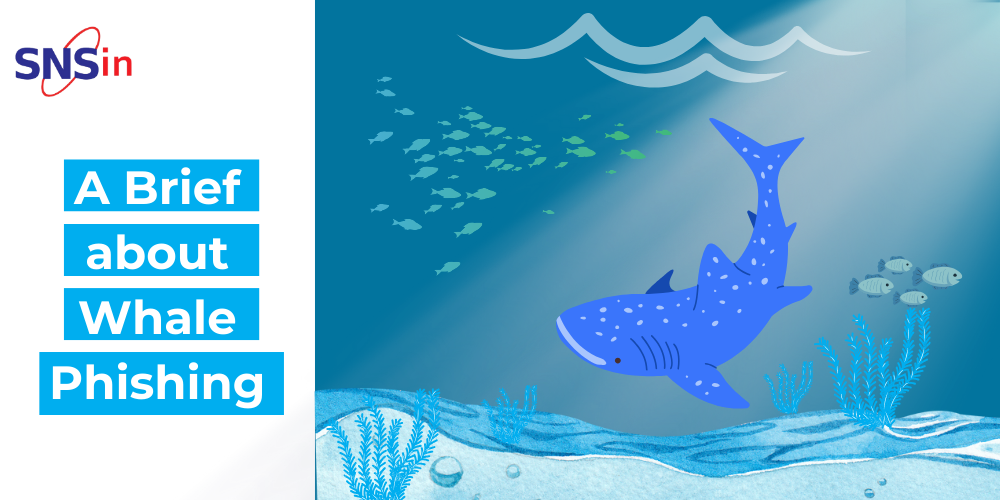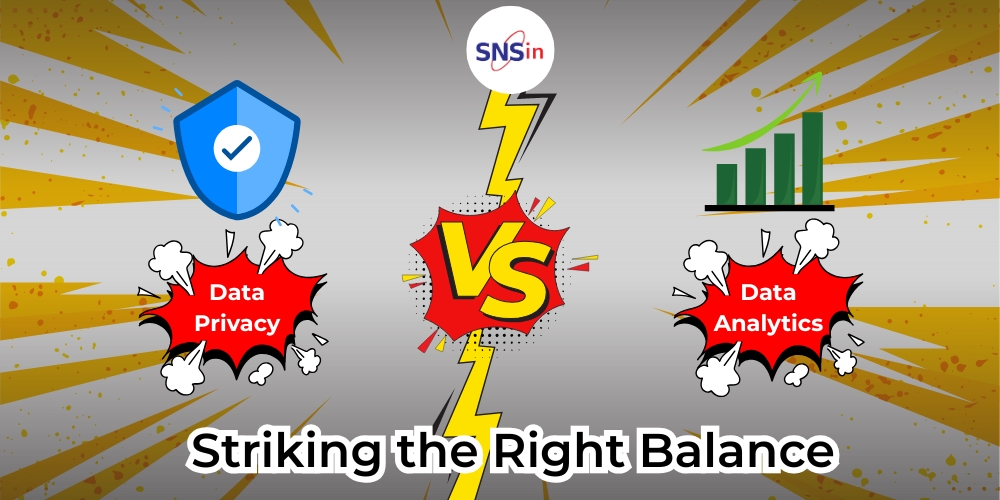A sophisticated and insidious cyber-attack gaining prominence is Whale Phishing. In contrast to typical phishing attacks, whale phishing or whaling targets important people like top management.
In this blog, we will explore what whale phishing is, how it functions, and steps that can be taken to secure businesses from it.
What is Whale Phishing?
Whale phishing is a sub-type of spear phishing where the attacker targets individuals in an organization referred to as ‘whales’. These attacks are very specific and well planned, with the aim of tricking the top management into divulging privileged information or wiring large amounts of money.
Characteristics of Whale Phishing Attacks
Highly Personalized
Whale phishing emails are crafted based on the target, such as their job description, duties, and even hobbies. This makes the emails more believable to the target and makes it easier for the scam to ensnare the target.
Sophisticated Techniques
These attacks largely incorporate proper grammar and formatting to resemble official messages. They may be disguised to seem as if originating from reliable sources of the organization or even from other partners.
Urgency and Authority
Whale phishing emails look like they are coming from someone in authority and are worded in such a way that the target feels compelled to act quickly without realizing that the email is fake.
How Whale Phishing Works?
Reconnaissance. The attackers spend a lot of time gathering information on their target. They collect data from profiles and pages, websites, press releases, and articles in online newspapers. This information assists them in writing authentic emails that address their target recipient’s job description.
Crafting the Attack. With such information, the attackers craft a very believable email. The email may be made to seem like it has been sent by a friend, manager, or business contact. It also contains information that only a close friend or someone with intimate knowledge of the target would have, making it look authentic.
Launching the Attack. The phishing email is delivered to the target & often contains a message requesting the giving out sensitive data, a link to a fake website to capture user credentials, or an infected document. The email usually conveys a feeling of urgency and tries to get the target to respond as soon as possible.
Exploitation. Should the target fall for the scam, the attackers get authorized access to information or funds or install malware on the company’s network. This can result in massive losses, data leaks, and an adverse impact on the organization’s image.
Protecting Your Organization from Whale Phishing
Employee Education and Training
Training workshops or seminars must be kept at certain intervals to brief the workers on the risks associated with whale phishing and other cyber risks. People should be trained not to trust emails that seem strange, and they should always confirm any emails that request changes in account information or cash transfer.
Implementing Strong Authentication Measures
By using MFA, access to the targeted accounts is more challenging for the attackers. MFA should be applied to all high-risk transactions and access points within an organization.
Establishing Verification Protocols
Any request that requires such information or involves financial processing should be accompanied by strict verification procedures. Customers should be asked to confirm requests via another channel using either a telephone call or an in-person meeting.
Monitoring and reporting
Establishing procedures for detecting potential threats or suspicious behaviour by defining a set of measures to report phishing attacks. Remind employees that they should immediately inform their superiors of any emails or requests they find suspicious.
Regular Security Audits
Perform security assessments that would reveal all the weaknesses and check whether security measures are effective or not. This can assist in identifying gaps that could be targeted in a whale phishing attack.
Using Advanced Security Tools
Use sophisticated security measures such as anti-phishing tools that are capable of recognizing and preventing fake links. Such tools are capable of scanning emails for any signs of phishing and enhance the ability of security personnel to detect threats.
Foster a Culture of Security Awareness
It is important to introduce security awareness to the organization. This includes making the employees more aware of the current threats and engaging them as part of the defence.
Conclusion
Whale phishing is a highly dangerous threat to organizations of any size. If high-value targets are chosen due to their access to information and funds, then the loss can be severe. It is crucial to raise awareness of this threat and take the necessary measures to prevent such occurrences. By using strong authentication measures, and raising security awareness within the organization, whale phishing attacks are reduced.
Secure Network Solutions (SNS) is a Trusted Security Partner for 24 years. We offer engaging Cybersecurity Awareness Training Workshops to empower your workforce.
Ready to build a stronger cyber defence? Reach out for a consultation: [email protected]
Swathi
Author
Working IT professional and a Cyber Security enthusiast. Passionate to write about Cyber Security topics and Solutions. I share my insights as I study articles and trending topics in the field of Cyber Security.
![]()




